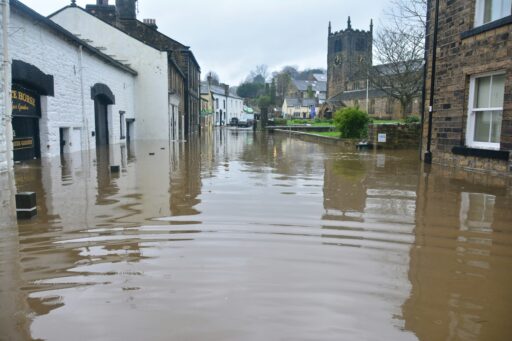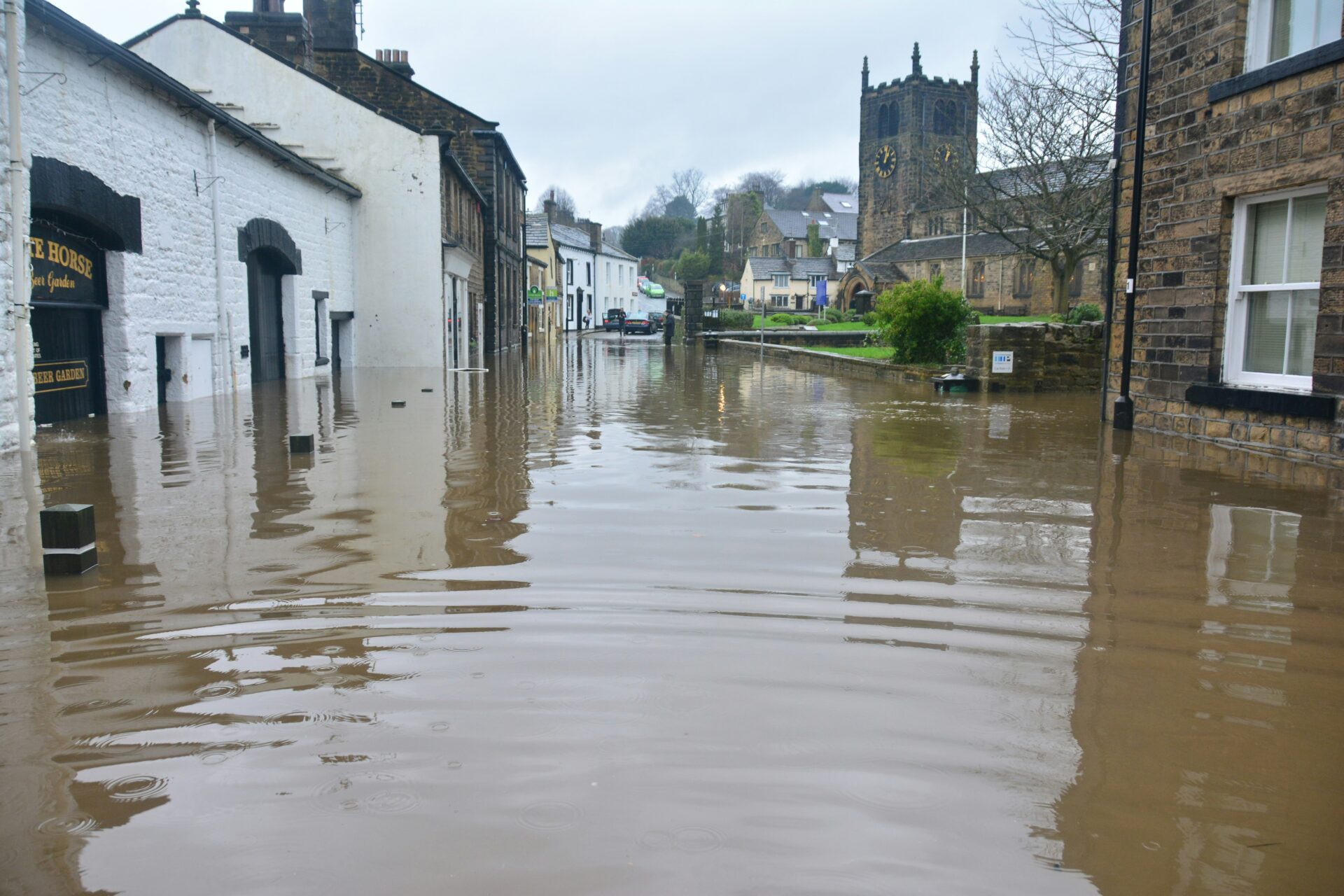Converting a basement or cellar, or even excavating a new one, is an increasingly popular way of extending your property. It can provide you with more living space, a home cinema, an office or any number of other things. But it’s important to take steps to prevent flooding. Many basements rely on using sump pumps to keep them dry, but there are some other maintenance measures and checks you can carry out to ensure that you don’t suffer from flooding or water damage when the weather turns wet.
1. Gutters and Drains
Keeping your basement dry during wet weather actually starts outside the house. Ensuring that your guttering and downpipes are kept clear and that the drains they feed into aren’t blocked by leaves and other debris will help to make sure that rain water is kept away from the base of the building and therefore won’t find its way to the basement.
It’s a good idea to get your drains checked too. A blockage could lead to flooding, so getting them inspected or cleared out will provide you with extra peace of mind.
2. Property Maintenance
You should also inspect the walls of the basement itself and around the outside of your property for cracks and damage that could allow moisture to penetrate. If there is damage, you need to get it repaired as soon as possible before it becomes any worse. If you have basement windows at or below ground level, these should be checked too. Make sure the frames are in good order and that there are no cracks in the glass that could allow water in.
3. Sump Pumps
If you have a sump pump, you need to ensure that the sump itself is free of debris. Make sure the pump is working properly too. It may have had an easier time over the dryer months, and you need to make sure it will work when needed. If it does need replacing – perhaps because it isn’t working as efficiently or it’s become too noisy – then it’s best to get it done before it fails completely. See out guide on how to install a sump pump.
4. Power Supply
Of course, your sump pump will only work if it has a power supply. If you live in an area that’s prone to flooding and is likely to suffer power failures, then you might want to consider a back-up power source – either using a generator or batteries. It’s worth finding out how long you can be without power before it becomes a severe problem. If you suffer from regular power loss, it might be worth increasing the size of the drainage sump.
5. Get Insured
If the worst should happen and your basement does get flooded, then the clean-up costs could be substantial. Make sure that your household insurance policy covers you for flooding to the basement. If it doesn’t, then look at taking out a separate policy, but check carefully what is and isn’t covered and if there is any excess payable should you need to make a claim. Find out more information about flood insurance.
Shop sump pumps now to avoid your basement from flooding.






